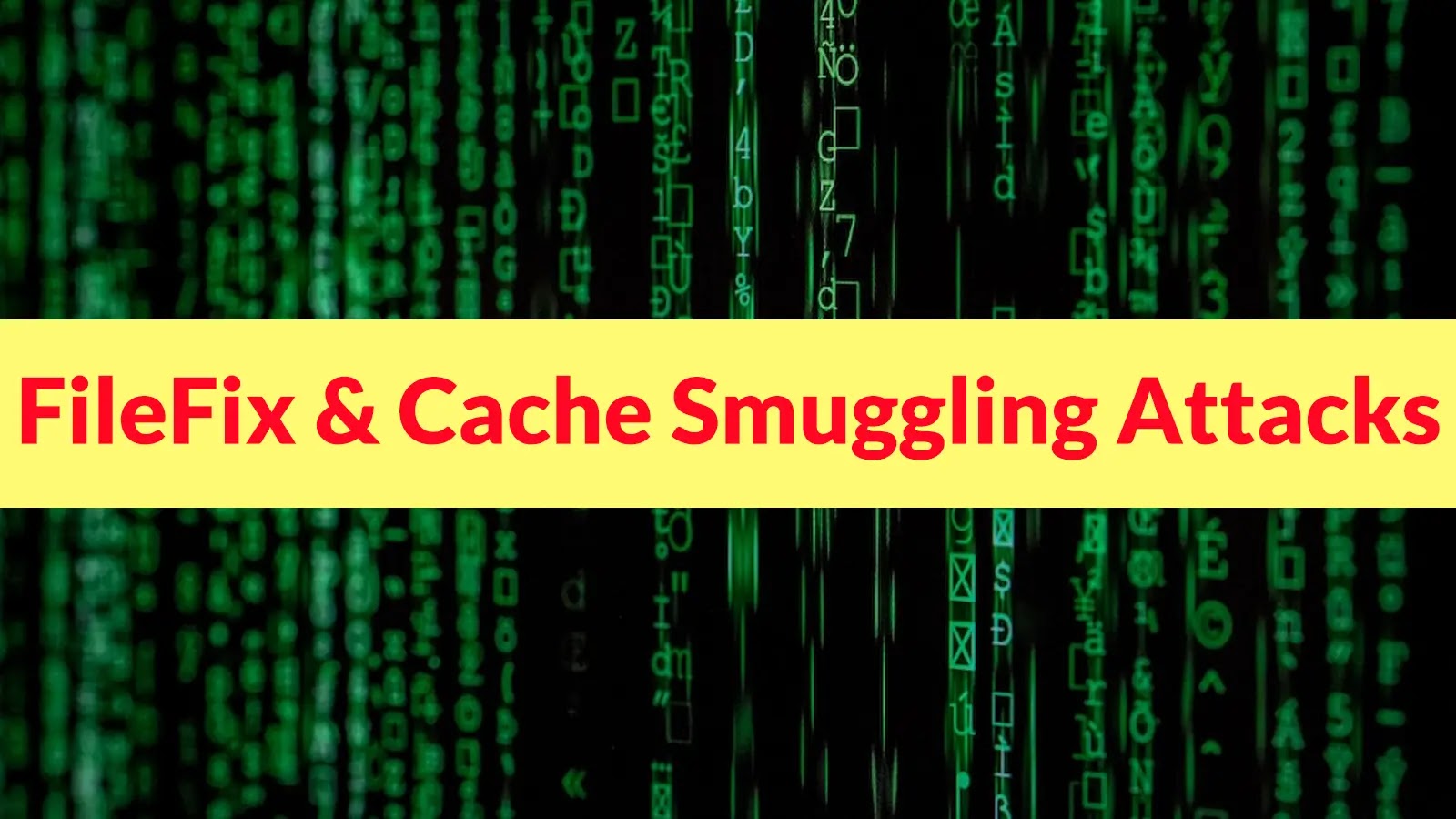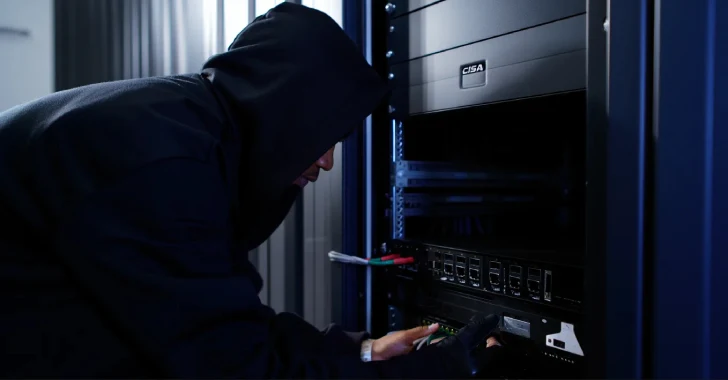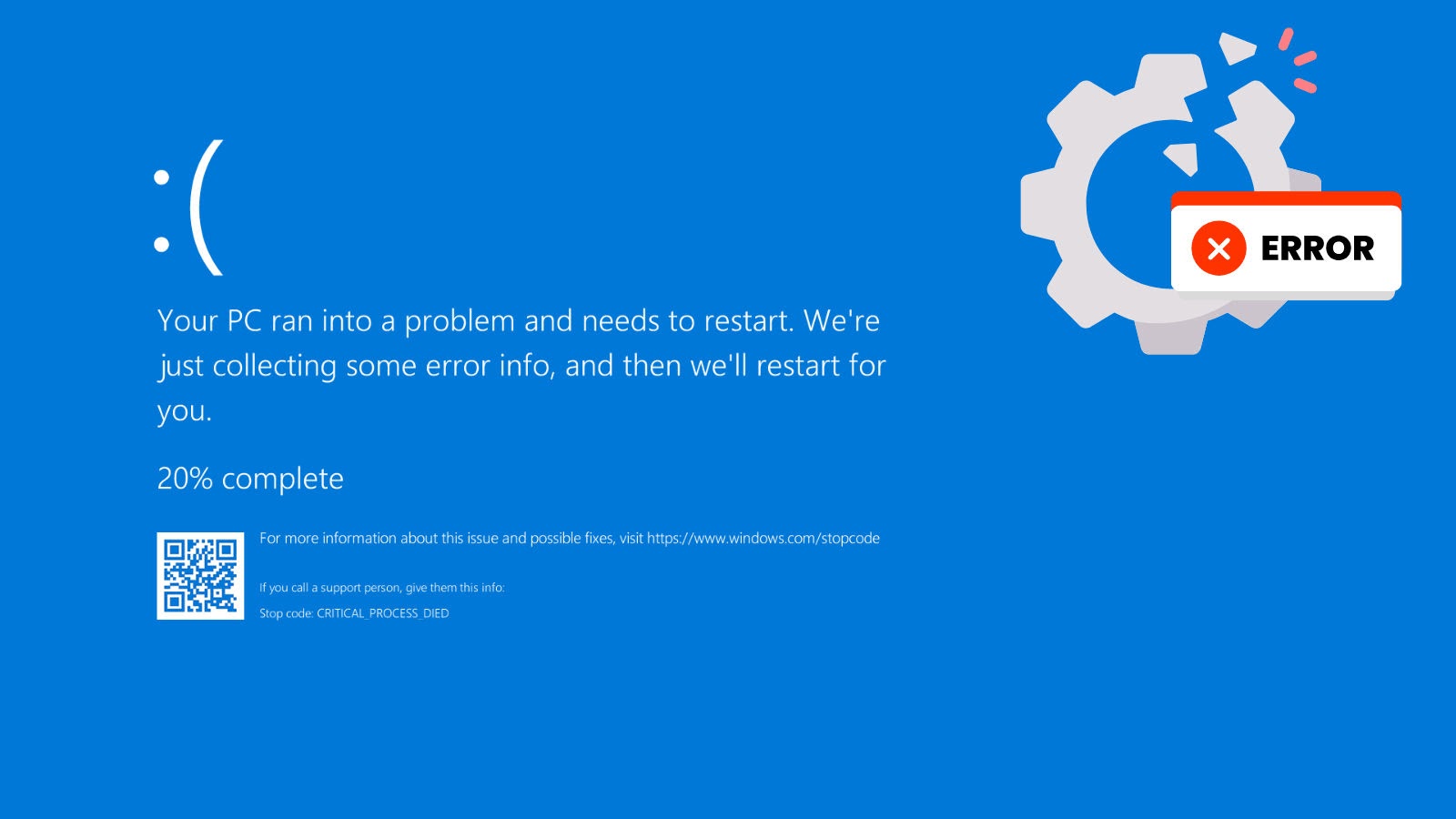Cybercriminals Combine FileFix and Cache Smuggling Techniques to Evade Security Measures
Article Text:
Cybersecurity experts have identified a sophisticated phishing campaign that integrates two emerging attack methods—FileFix and cache smuggling—to circumvent traditional security defenses. This hybrid strategy enables attackers to deliver malware payloads without triggering network-based detection systems, marking a significant evolution in evading endpoint detection and response solutions by eliminating the need for malicious code to establish internet connections during execution.
The Attack Methodology
The attack initiates with a deceptive phishing page that mimics a legitimate FortiClient Compliance Checker interface. Unsuspecting victims are manipulated into executing malicious commands by pasting clipboard content into the Windows Explorer address bar. This approach leverages the FileFix technique, which exploits the 2048-character limit of Explorer’s address bar to deliver substantially larger payloads compared to traditional ClickFix attacks, which are restricted to 260 characters in the Windows Run dialog.
To further obscure their commands, attackers pad them with spaces, ensuring that only benign-looking text is visible to users while concealing malicious PowerShell scripts in the hidden portions.
Innovative Use of Cache Smuggling
What sets this campaign apart from conventional malware distribution methods is its innovative use of cache smuggling to pre-position payloads on victim systems. Instead of downloading malicious files through conventional web requests that security tools typically monitor, the attack leverages browser caching mechanisms to store embedded executables disguised as legitimate image files.
Analysts at MalwareTech identified this technique during threat intelligence investigations at Expel Security, noting how the first-stage loader extracts the second-stage payload directly from the browser’s cache without generating any suspicious network traffic.
The technical implementation involves JavaScript code that uses the fetch() function to retrieve a fake JPG file, which is actually a ZIP archive containing the malicious payload. By setting the HTTP Content-Type header to image/jpeg, attackers trick web browsers into caching executable files as if they were standard static assets.
The embedded PowerShell script then searches through the browser’s cache directory to locate the smuggled ZIP file, extracts its contents, and executes the malware without establishing any external connections that would alert network monitoring systems.
Advanced Exif Smuggling Technique
Building upon basic cache smuggling principles, security researchers have developed an even more sophisticated variation using Exif metadata concealment within legitimate image files. This technique exploits the Exchangeable Image File Format specification, which permits up to 64 KB of metadata storage within JPG images.
By embedding malicious payloads into oversized Exif fields while maintaining valid image structure, attackers can create fully functional photographs that simultaneously carry hidden executable code undetectable to casual inspection.
The implementation leverages a quirk in how Exif parsers handle ASCII string fields. While most software interprets a null byte as the string termination character, the Exif specification includes a separate length field that defines the actual data size.
Researchers demonstrated this by crafting Image Description fields structured as benign text followed by a null byte and then the payload data wrapped in delimiter tags. When viewed through Windows Explorer properties, only the innocuous description appears, yet the full malicious payload remains embedded within the file structure, accessible through programmatic extraction using PowerShell regular expressions matching specific byte patterns.
This Exif smuggling approach eliminates several shortcomings of earlier cache smuggling implementations. Traditional methods that simply relabeled executables as image files generated broken image icons and risked detection by firewalls performing content-type validation. The new technique produces perfectly valid JPG files that render normally while containing hidden payloads extractable without dedicated Exif parsers.
Testing revealed this method works across multiple attack vectors, including Microsoft Outlook email attachments, where images are preemptively cached even when preview features are disabled, potentially delivering payloads before users open messages.
Implications and Recommendations
The combination of FileFix and cache smuggling techniques represents a significant advancement in cyberattack methodologies, allowing threat actors to bypass traditional security measures effectively. By embedding malicious payloads within seemingly benign files and leveraging browser caching mechanisms, attackers can execute malware without triggering standard detection systems.
To mitigate the risks associated with these sophisticated attacks, organizations should consider implementing the following measures:
1. User Education and Awareness: Train employees to recognize phishing attempts and the dangers of executing commands from untrusted sources.
2. Enhanced Endpoint Security: Deploy advanced endpoint detection and response solutions capable of identifying and mitigating unconventional attack vectors.
3. Regular Software Updates: Ensure that all software, including browsers and email clients, are up-to-date with the latest security patches to address known vulnerabilities.
4. Network Monitoring: Implement robust network monitoring to detect unusual activities that may indicate the presence of smuggled payloads or unauthorized data exfiltration.
5. Email Security Measures: Utilize email filtering solutions to detect and block phishing emails that may contain malicious attachments or links.
By adopting a comprehensive security strategy that includes user education, advanced detection mechanisms, and regular system updates, organizations can better defend against the evolving landscape of cyber threats that employ sophisticated techniques like FileFix and cache smuggling.



